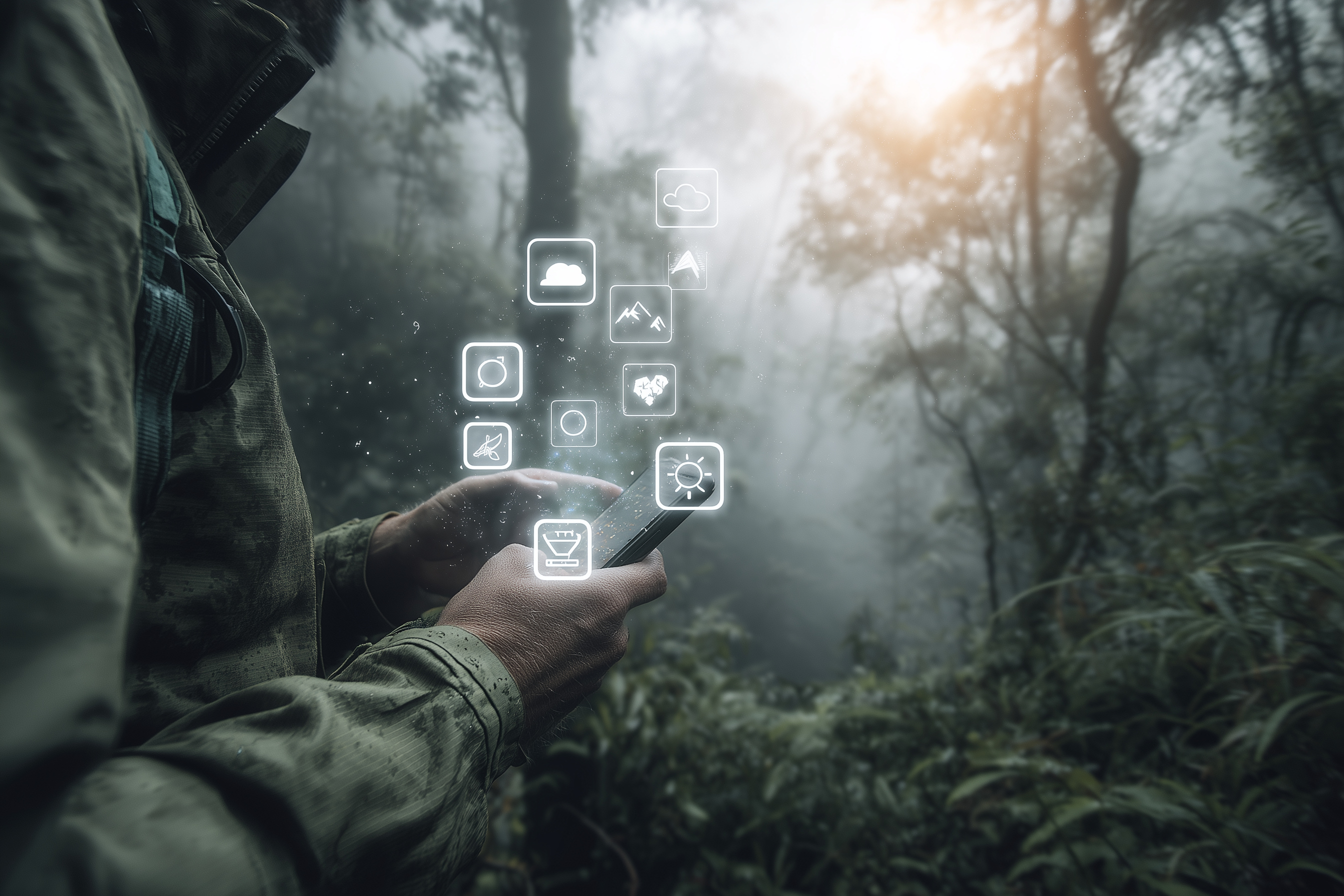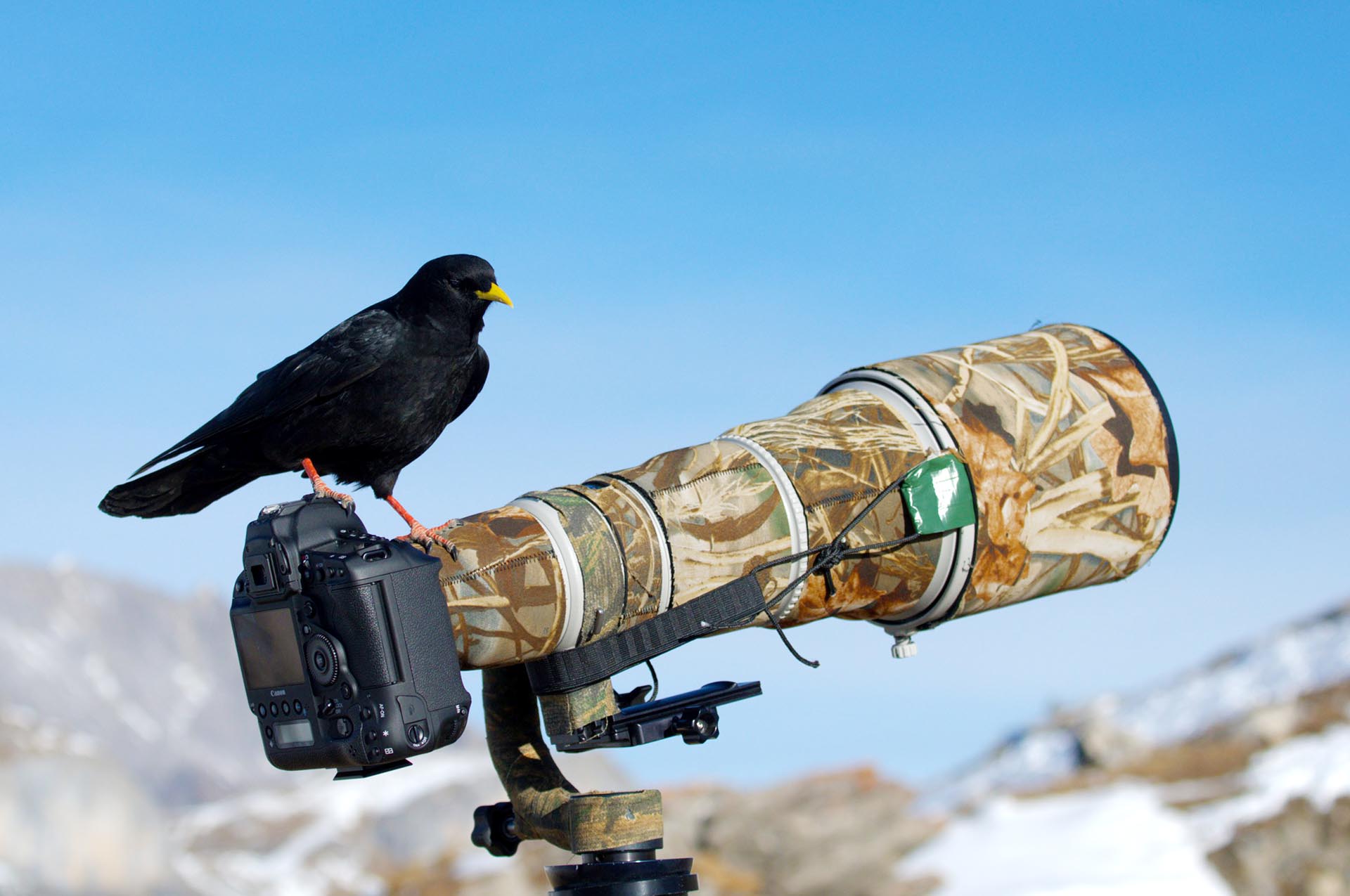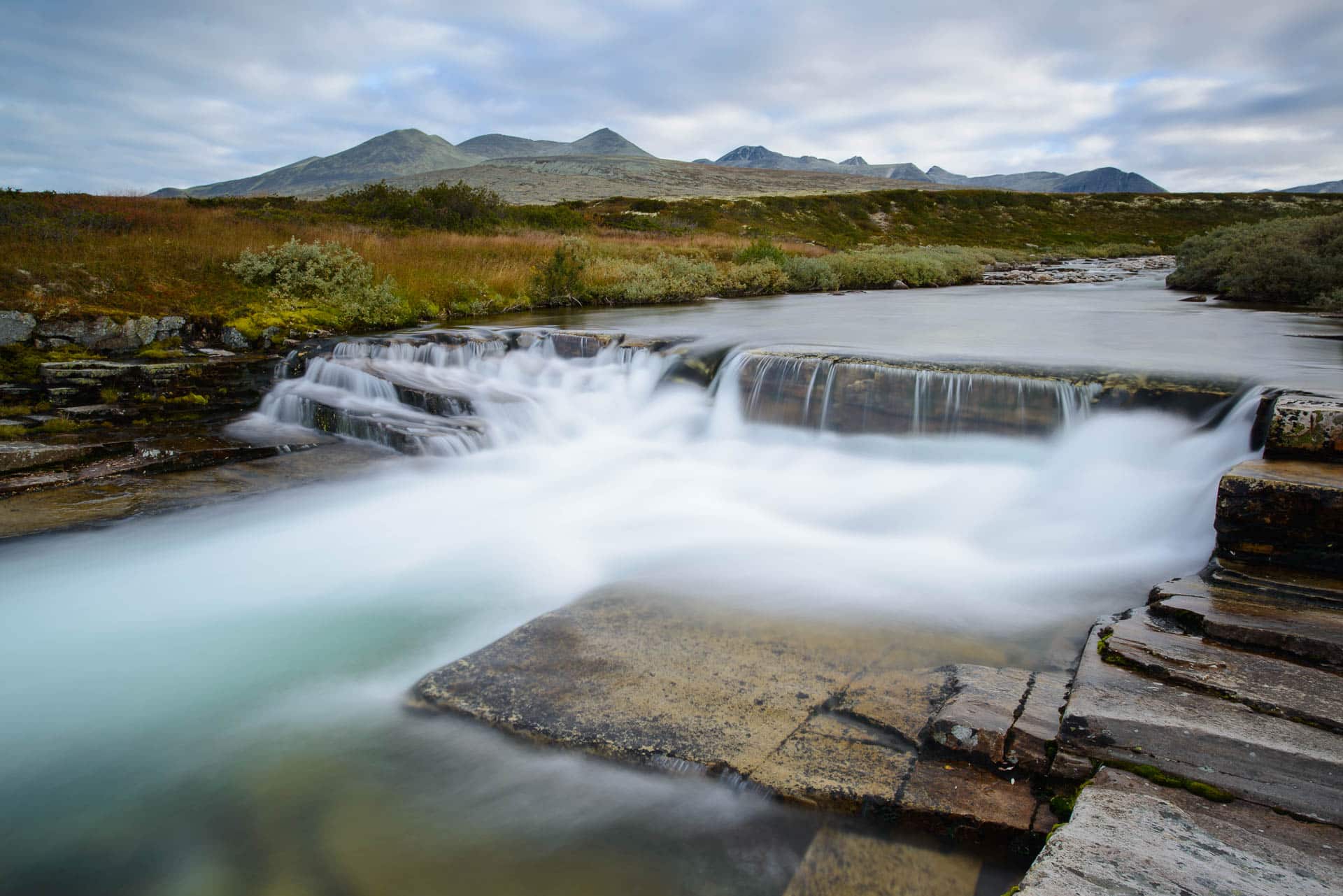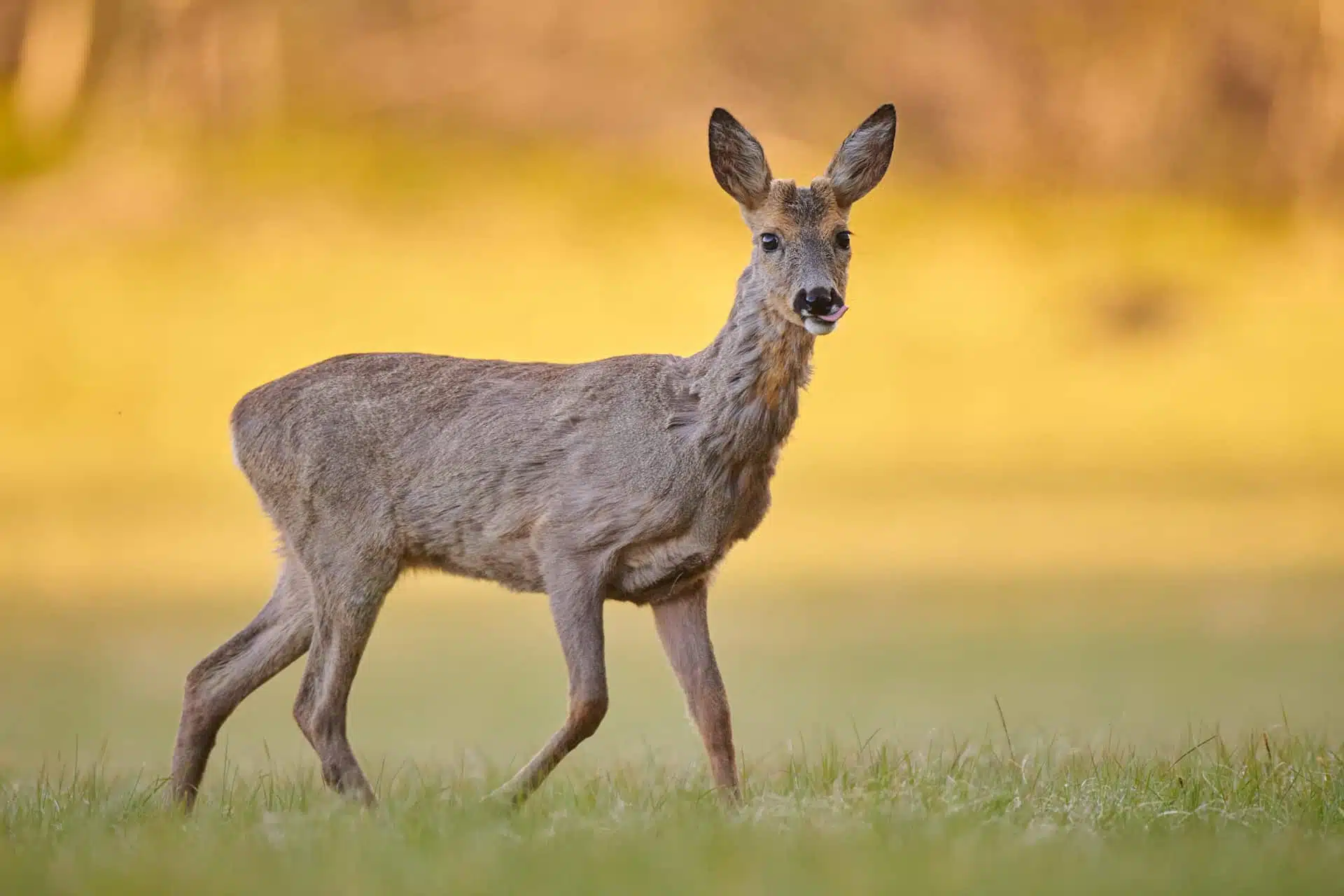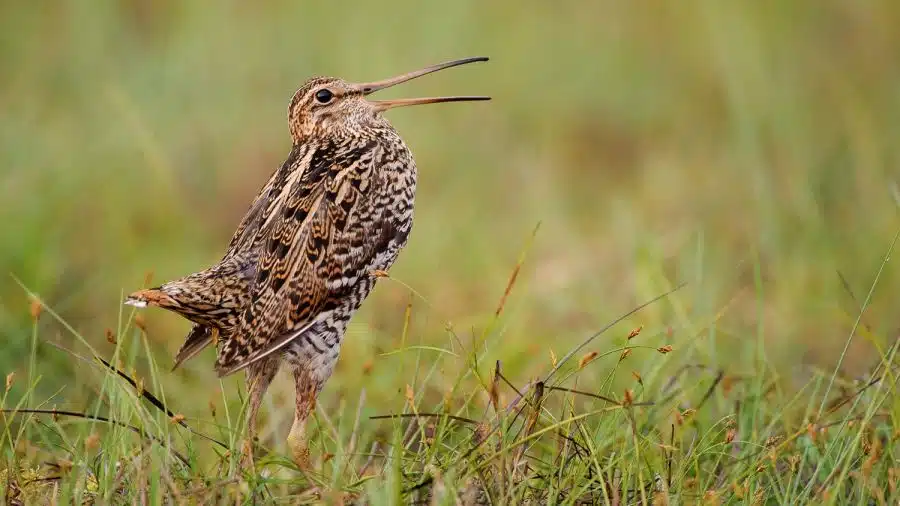Anyone who has ever stood by a mountain lake at sunrise and realized that the sun was rising behind the wrong peak knows that planning is everything. The right apps for nature photographers turn chance shots into predictable successes – a huge difference for anyone who regularly takes photos outdoors.
The smartphone has long since become the most important tool in the camera backpack – not as a replacement for the camera, but as an intelligent assistant. The right app selection helps to find the best possible light, predict weather changes and locate the best spots even in unfamiliar terrain.
In this detailed guide, you will find tried-and-tested apps for nature photography that have proven themselves in practice. You will not only find out which features are important, but also how they are actually used in everyday photography.
- Light planning: the basis for atmospheric shots
- Understanding the weather: More than just rain or sunshine
- Navigation: Never lose the perfect spot again
- Species knowledge: What am I actually photographing?
- Special apps for special situations
- Integration into the photo workflow
- Costs and alternatives
- Conclusion: apps as invisible assistants
Light planning: the basis for atmospheric shots
PhotoPills – The all-rounder for sophisticated planning
PhotoPills is the most powerful app for light planning in photography. While other apps cover individual aspects, PhotoPills offers a complete suite for sophisticated planning.
The app not only calculates sun and moon positions, but also shows the Milky Way position, depth of field ranges and hyperfocal distances. The AR feature is particularly impressive: hold your phone up to the landscape and see in real time where the sun or moon will be at any given time.
In practice, you can use it to plan entire daily routines precisely in advance. For example, the app shows you exactly when a mountain peak will be perfectly illuminated by the sun and when it will be in the shade again. This accuracy is crucial for deer rutting photography, where the perfect grazing light often only has a 30-minute window.
Tip: The learning curve is steep, but invest time in the tutorials. PhotoPills can do much more than you realize at first glance.
Sun Surveyor – Fast and uncomplicated
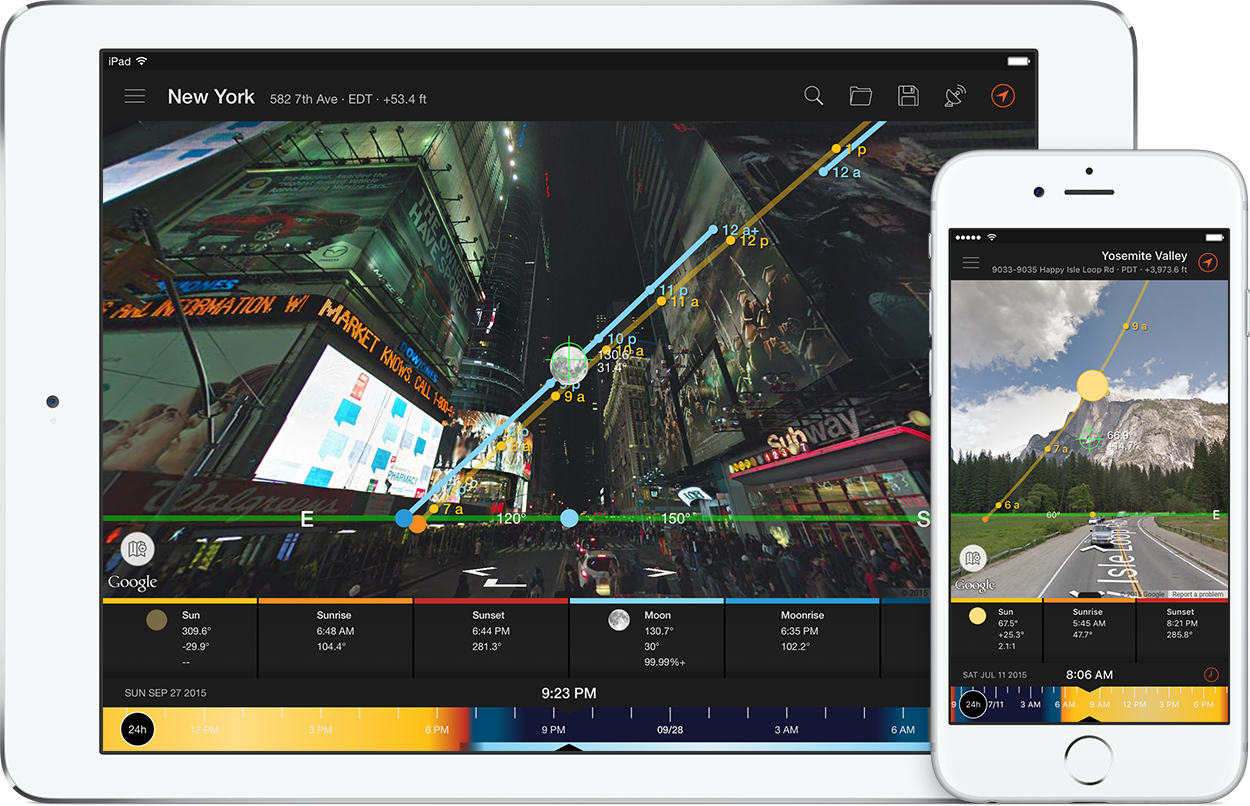
Sun Surveyor is the perfect choice when time is of the essence. The app concentrates on the essentials: Where is the sun or moon at what time? The AR feature is intuitive and perfect for spontaneous decisions on the spot.
In practice, the app is perfect for spontaneous decisions on location. If you discover a photogenic tree on a hill during a hike, you can immediately check whether it will be in the desired light the next morning.

Join me on my photo tours and immerse yourself in the world of wild landscapes and unique encounters. Together we will hone your photographic skills – practical, creative and full of inspiration. Secure your place now and rediscover the magic of light and nature.
Understanding the weather: More than just rain or sunshine
yr.no – The daily weather companion
yr.no from the Norwegian Weather Service is one of the best free weather apps for nature photography. The forecasts are precise and photo-relevant: Cloud cover, wind speed and direction, probability of precipitation – all in hourly resolution.
Practical benefit: The app also shows the wind direction – crucial for fog and haze distribution. Westerly winds in the Alps often bring foehn winds and clear visibility, while easterly winds create mystical foggy moods. The temperature forecasts are particularly valuable for snow photography: perfect hoarfrost conditions are created at -8°C, no wind and 95% humidity.
Kachelmann Weather Super HD – Precision for professionals
The super HD model from Kachelmann is a game changer for anyone who really wants to understand photo weather. The app offers a level of detail that cannot be found in other weather services.
Area of application: The high-resolution rain radar shows the smallest showers and gaps in the clouds – ideal for capturing “magic moments” between rain showers. For roe deer photography in early summer, for example, it is crucial to know when night-time ground fog will clear. The app can predict with millimeter precision that fog will remain in the valleys until dawn, but that the hilltops will be clear earlier.
VIEWFINDR – Specially developed for photographers
VIEWFINDR is the only weather app developed exclusively for photographers. Instead of general weather forecasts, it offers specific forecasts for “burning skies”, structured clouds, clear nights for stars or optimal conditions for water reflections. The app provides excellent predictions about the state of the sky, which is incredibly valuable for landscape photography. Push messages such as “Burning sky likely tomorrow night” can lead to spontaneous photo sessions with spectacular results.
However, I don’t find the community features that interesting: other photographers share their spots, but very few and not very spectacular ideas.
Tide apps – indispensable on the coast
Tide apps are absolutely indispensable on seashores.“Tide Charts” also shows moon phases and their influence on the height of the tide. Spring tides at full moon in particular offer spectacular photo opportunities.
Practical use: When the water runs out, the most interesting structures are created in the mudflats of the North Sea. At the same time, wading birds concentrate on the remaining areas of water – perfect for bird photography. Spring tides at full moon in particular offer spectacular photo opportunities.
Navigation: Never lose the perfect spot again
Locus Maps – offline navigation for explorers
Locus Maps is an excellent offline navigation app for all remote photo spots. Downloading entire regions works reliably, and the track recording helps you find interesting places again.
Particularly practical: you can make notes directly on the map. “Heard deer rutting here”, “Orchid meadow in bloom May-June” or “Kingfisher perch best morning” – this is how you build up a personal database over the years.
Organizational tip: Keep thematic map layers: one for bird spots, one for wildlife, one for botanical features. This will help you quickly find suitable locations for current projects.
The offline functionality is particularly valuable in remote areas. In the Scottish Highlands or the Carpathian Mountains, cell phone reception is often unreliable. With Locus Maps, you can still navigate precisely to GPS coordinates.
Species knowledge: What am I actually photographing?
iNaturalist – Combining research and photography
iNaturalist is more than a species identification app – it’s a citizen science project. Every observation you upload contributes to scientific research. The community is incredibly helpful and knowledgeable.
The AI recognition is impressive, but the real value is in the community. Experts from around the world help with difficult determinations and often provide additional information about behavior, habitat or best photo times.
Community advantage: If you upload a photo of a rare dragonfly with “unsure of species”, experts often receive not only confirmation of the species within a few hours, but also explanations of habitats and behaviors. Such knowledge makes you a better photographer.
Flora Incognita – German plants perfectly recognized
Flora Incognita is unbeatable for plant identification in Central Europe. The app was developed by German research institutions and knows the local flora inside out. The identification accuracy is astounding – even for tricky species such as various grasses or sedges.
Workflow integration: When taking macro photos of flowers, you should ideally determine the species immediately on site. This not only helps with later image indexing, but also with finding similar motifs. If you know that you have photographed a rare orchid, you can search specifically for other locations.
Merlin Bird ID – Recognize bird calls in real time
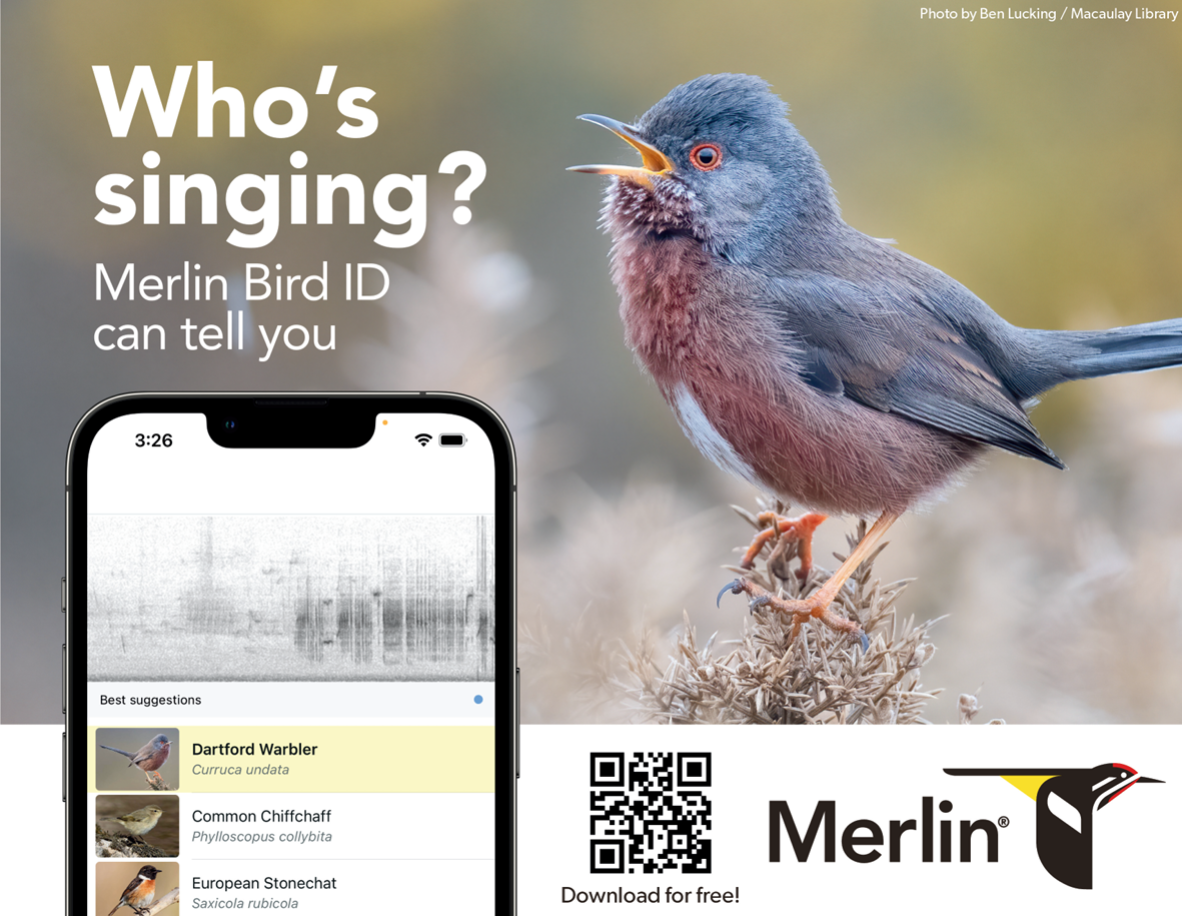
Merlin Bird ID from Cornell Lab is revolutionary for bird photography. The Sound ID function runs continuously in the background and automatically identifies bird calls. So you always know which species are nearby, even if you can’t see them. The regional language packs work offline – perfect for photo trips abroad.
Game changer for bird photographers: If you recognize kingfisher calls via the app at dawn, you can follow the sounds and photograph the bird as it catches fish – opportunities that you would never have noticed without the app.
ObsIdentify – Quick help for all species
ObsIdentify is the perfect emergency app for anything that Flora Incognita or Merlin don’t cover. The AI recognition works amazingly well for mammals, reptiles, insects and fungi, and all without registration.
Particularly useful for insect macros: The app not only suggests the species, but also shows similar species for comparison. This helps enormously with the final identification.
Special apps for special situations
Peak Finder – Identify mountains
For mountain photography Peak Finder is irreplaceable. The app shows all the peaks in your field of vision with their name and altitude – perfect for labeling images and planning long-distance shots with a telephoto lens.
Integration into the photo workflow
Standard app routine for optimum results
Before the tour: Sun Surveyor for light planning, Kachelmann for weather check, Locus Maps for route and spots.
On site: Merlin runs permanently, iNaturalist for interesting finds.
After the shoot: Lightroom Mobile for initial development, Flora Incognita and ObsIdentify for subsequent determinations.
Battery management and data volume
Smartphone photography has a catch: battery consumption. The solution: a power bank with at least 20,000 mAh should always be with you. GPS apps and AR features are particularly hungry, so it’s best to only activate them when needed.
For data volumes, use the offline features consistently: Locus Maps with downloaded maps, Merlin with regional packages, PhotoPills doesn’t need the Internet anyway.
Backup strategies
Apps can crash, cell phones can fall. That’s why you should always back up critical information several times: write down the GPS coordinates of important spots by hand, check the weather data with several apps.
Costs and alternatives
Premium vs. free
PhotoPills (€10) and Kachelmann Weather Super HD (paid) as well as VIEWFINDR are the only paid apps on this list – but all three are worth every penny. The free alternatives often offer similar basic functions, but less precision and convenience.
yr.no, iNaturalist, Flora Incognita and Merlin are completely free and yet professional. This shows: You don’t have to spend a lot of money on apps for nature photography.
Platform-specific differences
Most apps work comparably well on both iOS and Android. PhotoPills is historically more iOS-heavy, but the Android version has caught up. Locus Maps has more features on Android, while Sun Surveyor looks more elegant on iOS.
Conclusion: apps as invisible assistants
The best apps for nature photography work in the background – they do not replace an eye for good motifs, but help you to be in the right place at the right time. They turn chance hits into predictable successes and continuously expand photographic knowledge.
Core recommendations:
- PhotoPills: Indispensable for serious lighting design
- Kachelmann Weather Super HD: Precise weather forecasts for photographers
- iNaturalist: Species knowledge and community combined
- Merlin Bird ID: Revolution for bird photography
- Locus Maps: Offline navigation for remote spots
The most important tip: invest time in learning the apps. One well-mastered app is more valuable than ten superficially used ones. Start with one or two apps and slowly expand your collection.
A question for you: Which apps have changed your nature photography the most? Do you know any insider tips that are missing from this list? Share your experiences in the comments – after all, the best photo spots are shared among photographers, not hoarded!
This article will be updated regularly as new apps pass the practical test or proven tools evolve. Bookmark it for future reference.

